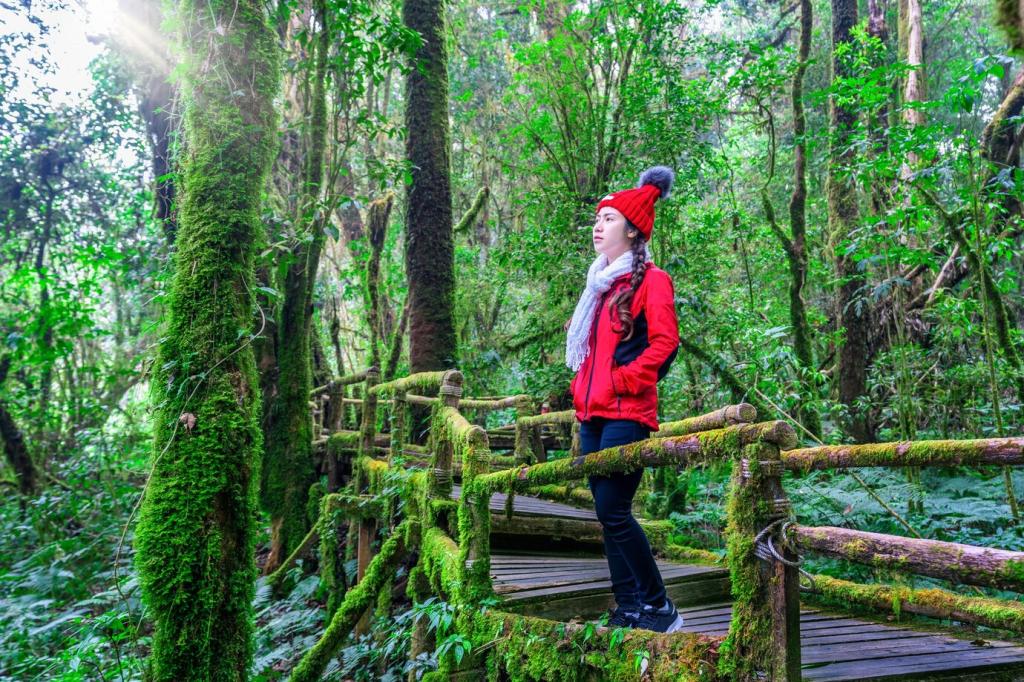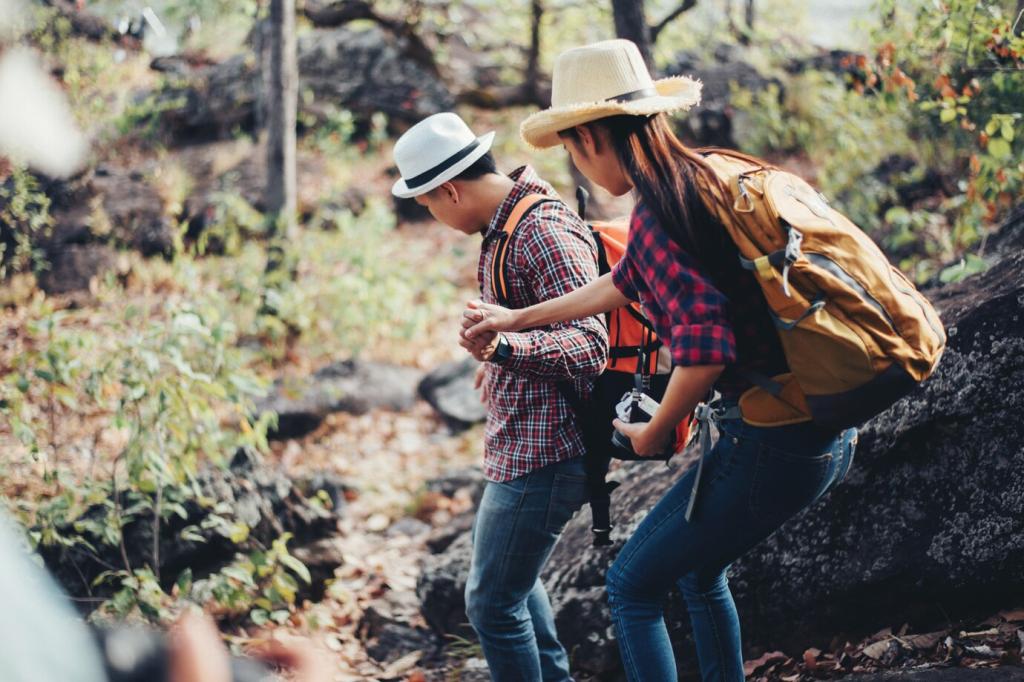Chosen theme: Eco-Lodges and Wildlife Tours. Step into a world where your stay safeguards habitats and every excursion tells a conservation story. Join us to discover places that protect wildlife, empower communities, and invite you to be part of something beautifully wild.

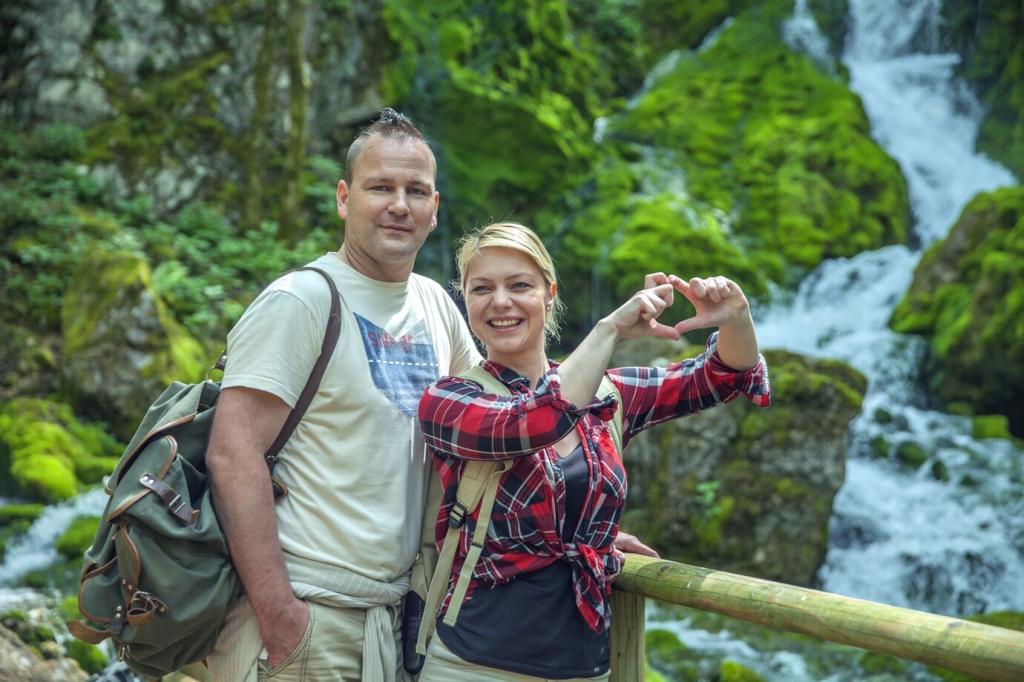
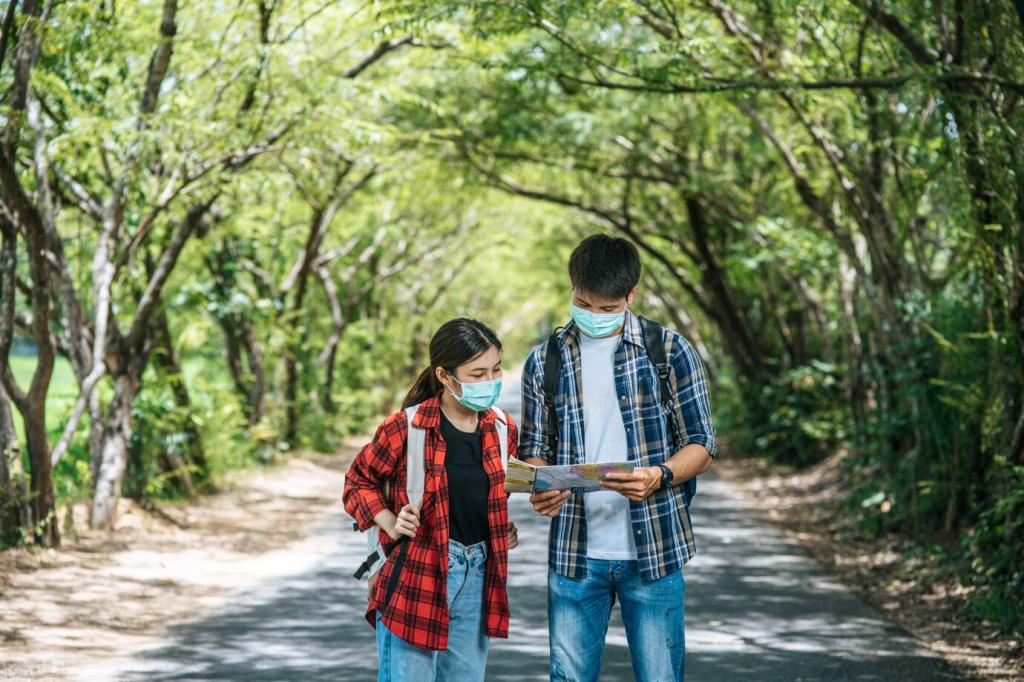
Planning Wildlife Tours Responsibly
01
Vet your operator like a scientist
Ask about guide certification, group size caps, and distance rules for nesting, denning, or calving wildlife. Look for no-baiting policies, carbon reporting, and conservation fees that transparently fund protected areas rather than quietly padding marketing budgets.
02
Know the signs of stress and step back
Yawning, head bobbing, alarm calls, tail flicks, and false charges are animals’ ways of saying, not today. Ethical tours position downwind, stay quiet, avoid spotlights on nocturnal species, and leave an encounter early if behavior shifts from curiosity to caution.
03
Leave no trace, gain richer memories
Boot brushes at trailheads, biodegradable sunscreen on reefs, and voice-level discipline on vehicles protect delicate places. The fewer traces you leave, the more tracks you’ll notice: fresh pugmarks, lichens on lava, and the shy glance of a forest antelope.
Dawn with a lioness and a ranger’s promise
At first light, a lioness paused beside our vehicle as a ranger whispered how community scouts dismantled snares nearby. We watched her cubs tumble safely across dew-bright grass, a living outcome of patrols funded by the very beds we slept in.
Sea turtles and the quiet power of a red headlamp
On a moonwashed beach, our guide insisted on red lights and no flash. Minutes later, a leatherback heaved sand over her nest, ancient and undisturbed. We signed up to support tagging work on the spot, because restraint had given us the truest show.
Forest chorus, unplugged
An off-grid eco-lodge asked guests to surrender devices at supper. That night, freed from pings, we learned frog calls by rhythm. In the morning, the guide quizzed us; we aced it, finally fluent in the language the forest had always been speaking.
Packing Smart for Low-Impact Adventures
Clothing that works with weather and wildlife
Choose neutral tones that blend with habitats, UPF fabrics that cut sunscreen runoff, and quick-dry layers to reduce laundry cycles. A wide-brim hat beats disposable ponchos, while merino socks keep feet happy on long treks to bird hides and salt licks.
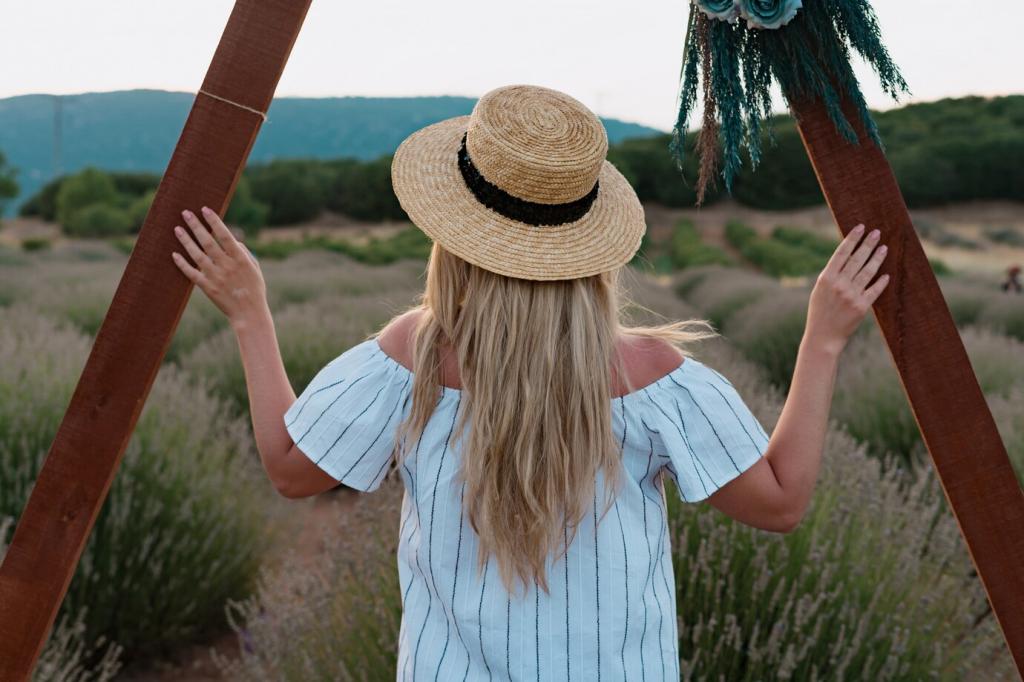

Follow migrations, not just vacation calendars
Ask lodges about calving months, flowering peaks, and plankton blooms that draw whales. Shoulder seasons often mean easier bookings, softer light for photography, and guides with time to linger, translating tracks and calls instead of racing between viewpoints.

Respect breeding and nesting closures
Some trails close when raptors nest or coral spawns. Ethical operators celebrate these pauses, shifting to boat-only routes or distant hides. Your patience becomes a refuge, giving chicks, pups, and polyps the quiet they need to launch the next generation.
Farm-to-forest menus with purpose
Chefs highlight indigenous grains, shade-grown coffee, and invasive species turned into delicacies. Sourcing shifts cash to smallholders who keep wildlife corridors intact, while compost returns nutrients to gardens that host pollinators you’ll spot on sunrise walks.
Cultural exchange without spectacle
Instead of staged shows, lodges invite artisans to teach, elders to tell origin stories, and rangers to explain tracks over dessert. You leave with new skills and context, not souvenirs that strip bark or feathers from the ecosystems you came to admire.
Dining guidelines that protect habitats
Menus avoid reef fish under pressure and bushmeat entirely. Refillable carafes replace plastic, and leftovers become chicken feed at village co-ops. Share your favorite dishes with us, and subscribe for monthly recipes inspired by wildlife-friendly ingredients.
Keep the Impact Going After You Return
Donate to ranger welfare funds, sponsor community scouts, or buy research days from lodges that host scientists. Even small monthly gifts stabilize programs, keeping vehicles fueled and field radios alive when grant cycles run dry between seasons.
Keep the Impact Going After You Return
Post sightings without geotags for sensitive species, credit local guides, and tell the story of the conservation fees behind your photos. Your trip report could steer friends toward operators who protect habitats rather than merely pass through them.
